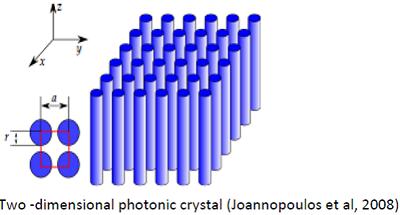Research project: Algorithms for Scientific Computing
With the growing interest in photonic technologies, effective numerical modelling is of great importance; as fabrication and modelling of microscale photonic structures are challenging due to their small length scales. In this work, we develop a new meshless method to enhance photonic crystals modelling, and alleviate the shortcomings of the traditional mesh-based methods.


